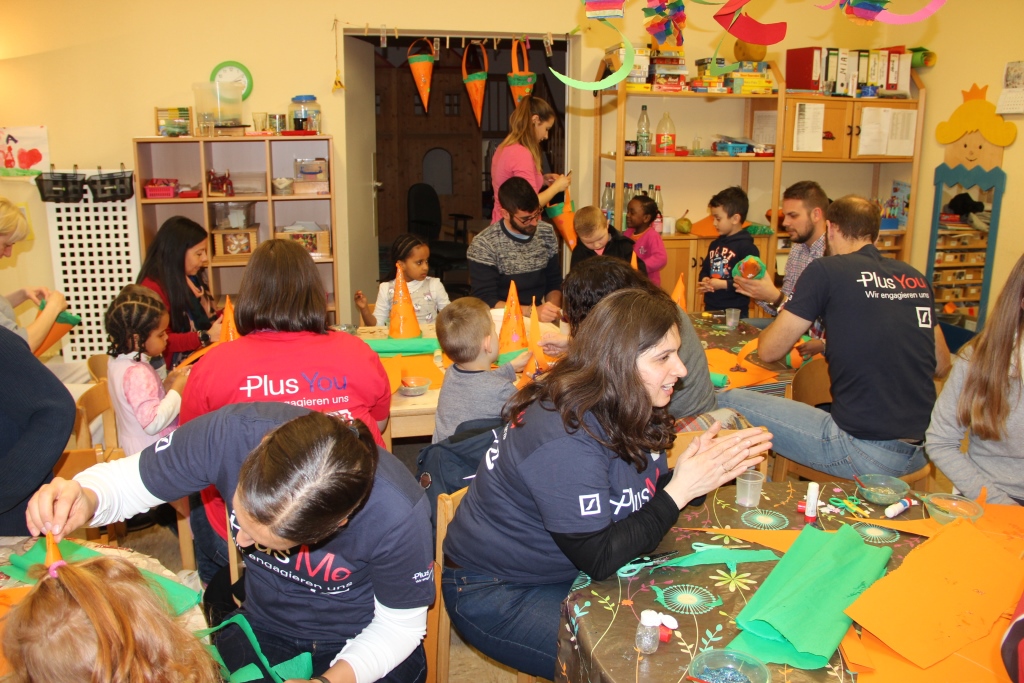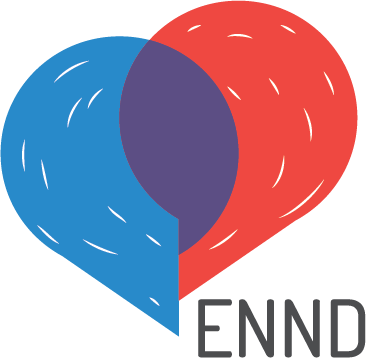- European Network for non-violence and dialogue

Stakeholder Management Process ‘Power Plant Forum’ in Gönyű
12.04.2018 10:47
Kinder im Zentrum Gallus e.V.
12.04.2018 09:35Innovative educational programme in Hejőkeresztúr
The phenomenon of locally adapted initiative is usually cited as the ‘hejokereszturi model’, a pedagogical methodology.
A small village in Borsod County, Hungary, with one thousand inhabitants had a problem with depopulation until 2006. In order to attract more pupils and students, the local school (more precisely, the director of the school) decided to adapt and implement a curriculum and method called the ‘Program for Complex Instruction’ (PCI), which is based on several pillars, and was first piloted by Stanford University.
The method builds on teamwork during lessons, where participants use board games and other informal educational tools to make the best of their time. Another pillar involves calling for intergenerational problems to solve, thus it creates a dialogue between the children and parents, who are equally involved in the process of effective learning. The phenomenon of locally adapted initiative is usually cited as the ‘hejokereszturi model’, a pedagogical methodology. It intends to make a tangible difference in compensating for students’ disproportional inequalities by teaching and developing the differently achieving students put in one class (heterogeneous classrooms), providing them with the best of quality in terms of encouraging integrated education. It adherently decreases the gaps of educational outcomes and general achievements of the students involved, especially with a focus on the gap between the Roma and the non-Roma. The findings of a series of studies point out that adapting ‘PCI’ (in Hungarian: KIP – Komplex Instrukciós Program) methodology benefits both the disadvantaged and non-disadvantaged students. Further, it improves the underachieving and overachieving students’ cognitive development, as well as their behavioural patterns, which require space to grow.
Apart from Hejokeresztur, more than 20 primary schools and 4 high schools (the Hungarian formulae of gimnazium or szakkozepiskola) participate in the respective pedagogical program utilising PCI nationwide. Currently, numbers reveal that more than 4,000 students and approximately 400 pedagogical experts and teachers utilise this methodology. The respective model has a high reputation worldwide, and is widely known by fellow professionals and practitioners. In 2016, an important milestone was realised with the founding of a Regional Centre of Hejokeresztur’s PCI with the co-sponsoring support of the University of Miskolc.
In a Hungarian context, the success story of the ‘hejokereszturi model’ inevitably targets the Roma population. Such good practices do exist nationwide, but regarding the aspect of sustainability, this program seems to be one of the most outstanding in upholding its working flow, its process, and the overall commitment of all relevant stakeholders. Here, the notion is that piloting the methodology in more than 30 municipalities indicates that only the most committed board of teachers and institutions are convincing enough to make a paradigm shift for the better, for the students. http://www.hejokeresztur.hu/index.php?option=com_content&view=article&id=281&Itemid=201
Related posts
}
}
}




